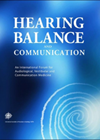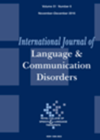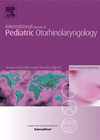
Journal Reviews
Tinnitus in patients on therapy with PPI and in PPI non–users
Tinnitus is a chronic and debilitating condition and approximately 10% of the population is afflicted. A myriad of pharmacological treatments for tinnitus are available but only a few controlled studies have shown positive results. The relationship between proton pump inhibitors...
Early habilitation for hearing impairment in children with Down syndrome
Approximately 40-80% of children with Down syndrome have hearing impairment in addition to speech and language impairment. The commonest cause of hearing impairment in young children is otitis media with effusion. This paper investigated the impact of early hearing loss...
BAHA stability measurement in children
This useful paper reports the experience of using resonance frequency analysis for single stage bone-conduction implants in a paediatric population. A smartpegTM is attached to the abutment and vibrated by a close quarters magnetic field. The amount of vibration is...








